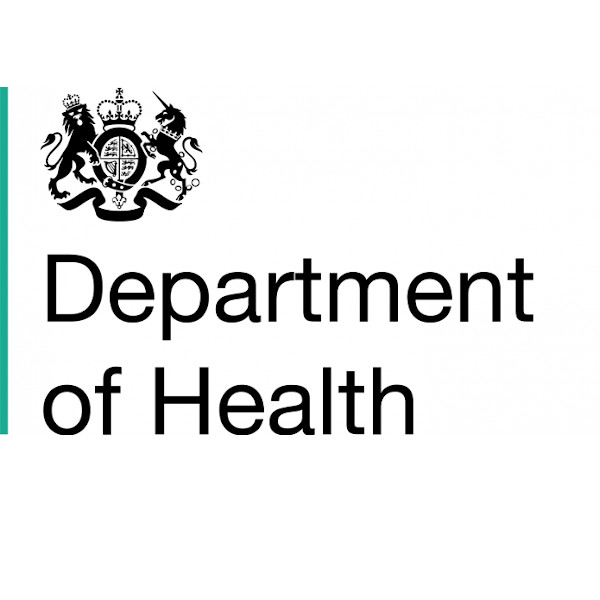
DH - UK
Core Partner, BSL4, Non EU
The Department of Health (DH): Public Health England (PHE) Virology & Pathogenesis group has wide ranging expertise for high consequence viruses such as those responsible for causing viral haemorrhagic fevers (VHFs) in humans.
The PHE centre at Porton Down maintains the UK’s laboratory facilities for virology work at maximum biological containment (containment level 4 = BSL4), a capability that was developed as one of the first in Europe in 1974 and one which supported early work on Ebola virus including its isolation and detailed studies of its pathogenesis in animal models. In addition to a broad capability with VHFs the laboratory also works with other high consequence zoonotic viral pathogens including those transmitted by arthropod and rodent vectors. Extensive additional facilities also enable work with viral pathogens at containment level 3 (BSL3). This specialist laboratory’s role in PHE is to support ongoing competence in virus research, reference virology and particularly the UKs rapid diagnostic services for imported viral fevers. As such it is a national capability for VHFs, arbo and robo-viruses and is also recognized internationally; the laboratory has maintained its status as a WHO Collaborating Centre for Virus Reference & Research since its first designation in 1978. Virology capabilities extend to the study of viral pathogenesis in high containment (CL4 and CL3) with a wide selection of rodents models. This has enabled the study of antivirals for Ebola and Crimean–Congo Haemorrhagic Fever (CCHF) viruses (CL4) and more recently, research and development leading to the assessment and highly successful evaluation of the world’s first vaccine candidate for CCHF. A capability to observe and assess tick vector – host competence in high containment is also available. The Special Pathogens laboratory also maintains an extensive network of international collaborations particularly in areas of the world where viruses of interest are endemic. Capacity building programmes and collaborative research in these endemic areas enable access to circulating strains which are used to constantly update assays and reference samples so that the laboratory maintains currency with new and emerging viruses. A well characterized supply of antigen and molecular reagents are also key assists of the laboratory and help to maintaining international links by supporting non-proliferative viral diagnostic methods.
The PHE special pathogens laboratory studies the virology of emerging and re-emerging haemorrhagic fever viruses (VHFs), arboviruses and other vector and rodent borne viruses which are major perceived and potential infectious disease threats to the UK. These are typically high consequence viral pathogens classified as BSL3 & 4. In addition to basic research which also involves in-vivo studies in a wide range of animal models, the laboratory develops and evaluates new interventions including diagnostic tests. Outputs feed into direct service arrangements with the Department of Health for rapid diagnosis of imported pathogens; this service is coordinated by a closely associated laboratory also based at Public Health England Porton Down – the Rare and Imported Pathogens Laboratory.
Experience of the team/group involved in the project: The special pathogens department at Porton down has been active in viral haemorrhagic fever and arboviruses research for over 40 years. It was responsible for the first isolation of Ebola virus in 1976 and carried out seminal pathogenesis studies in NHP’s and rodents. Its role in international research and collaboration has enabled it to build large collections of BSL4 and BSL3 viral pathogens. These agents are used as standard reference strains and sequences for the control and standardisation of diagnostic tests. Recent work has focused on the virus responsible for Crimean Congo Haemorrhagic fever (CCHF). In addition to addressing its basic virology and genomics, studies have also developed new and rapid diagnostics and the first effective vaccine candidate that is able to protect from lethal infection. International collaboration is an important aspect of the laboratory and links with endemic disease areas has enabled access to circulating strains of CCHF virus; augmenting the collection and facilitating the development of generic diagnostics.
The work of the Special pathogens laboratory is aligned to high containment virology and matches the work programmes of EVAg linked to RG4 viruses. This includes the facilities at PHE Porton Down which will be offered to the network for access to specialist high containment capability with viruses (i) in vitro, (ii) in conjunction with animal model hosts in vivo and also (iii) in tick vectors and their feeding transmission host.